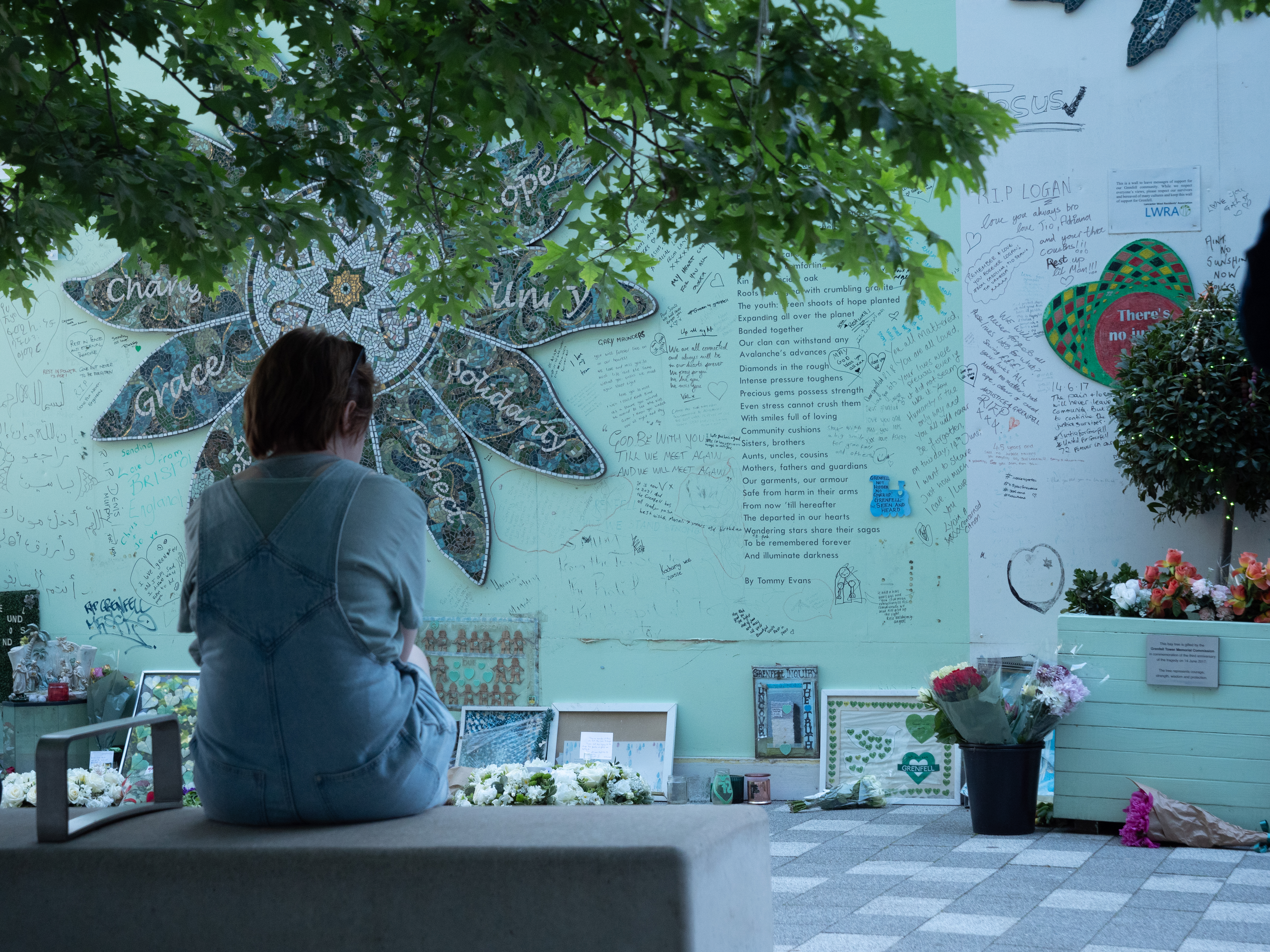
‘The Commission recommends the development of an archive, working with experts including the National Archive. Some elements of the archive would potentially only be accessible to bereaved family members and survivors.’ Remembering Grenfell: Recommendations and next steps to a memorial (November 2023)
Following this recommendation – one of sixteen – in our November report, we appointed a community archivist in March. The archivist’s role is to assist in the process of recording and, where appropriate, collecting and conserving the spontaneous memorials and commemorative tributes created by the community and general public following the Grenfell tragedy.
This will be a collaborative process with the bereaved families, survivors, residents and all those affected, and will contribute to the creation of a permanent record of the events of 14 June 2017 and its aftermath.
We have said that a permanent museum, archive or collection, should be created at a separate site in London. A space containing a permanent collection of important items by which to remember, contemplate and honour the lives lost; to educate in the reasons why the tragedy occurred; and to urge that this terrible moment in time must never be allowed to re-occur. This should include a private archive of items that can be safely preserved, and in line with the wishes of bereaved families, survivors and other members of the Grenfell community. There should also be a public exhibition of physical objects. In addition, a digital archive will tell the story of our community, our togetherness and our loss, and will be accessible 24 hours a day.
The tragedy has already been memorialised and commemorated in countless ways. There are thousands of cards, letters, drawings and t-shirts, oral testimonies, photographs, videos, community art and performance works. Each item poignantly communicates the memories, thoughts, and reflections of the community in response to the disaster.
The Commission’s archivist has been visiting the community spaces containing such ‘memorialised’ items. He is meeting community members, faith groups, education centres and community artists to speak about their work, their experiences, and their wishes for what a physical and a digital collection should contain. He is also conducting research, including by visiting repositories and other locations that are currently preserving items related to Grenfell and other national disasters.
The nature of spontaneous memorials means that they are often temporary, fragile, and at risk from exposure to the elements. Our archivist is speaking with experts in conservation and digital media to ensure that the tributes and commemorations left by community members are restored, where possible, and preserved in perpetuity.
The wishes of the Grenfell community, about what should be preserved, where and how, are at the centre of this process. If you would like to speak to one of the community representatives or to our archivist, please get in touch with us. We would be happy to come to you, and we can also provide more details about archiving for the Grenfell tragedy.